Keywords: 3D LiDAR SLAM technology; LiDAR-based SLAM; Simultaneous Localization and Mapping (SLAM); LiDAR sensors for SLAM; LiDAR 2D SLAM; LiDAR 3D SLAM; Visual SLAM; Multi-line LiDAR; LiDAR data collection; LiDAR mapping and positioning; LiDAR SLAM advantages; LiDAR SLAM applications; LiDAR SLAM in autonomous vehicles; LiDAR SLAM in robotics; LiDAR SLAM in intelligent equipment; LiDAR SLAM in logistics and warehouse industry; LiDAR SLAM for navigation and obstacle avoidance; LiDAR SLAM in dynamic environments; LiDAR SLAM in indoor and outdoor settings; LiDAR SLAM deployment and cost considerations.
What is LiDAR 3D SLAM? Before understanding this concept, we first need to understand what “SLAM” is.
SLAM is the abbreviation for Simultaneous Localization and Mapping in English. Simply put, the main function of SLAM is to enable robots to locate themselves in real-time while building an environmental map, with these two processes complementing each other. It can be said that SLAM technology is the basis for subsequent autonomous movement and interaction of robots, and SLAM is also considered a key technology for realizing autonomous driving and autonomous mobile robots(AMR).

To achieve localization and mapping, the first step of SLAM is to collect data. And the key to data collection is sensors. According to current mainstream applications, the main sensors are LiDAR and cameras. According to the choice of sensors, there are two technical schools: LiDAR-based SLAM and visual SLAM based on cameras.


LiDAR SLAM is further divided into 2D SLAM and 3D SLAM technology based on single-line (2D) and multi-line (3D) LiDAR. The differences in the data collected are:

(1) 2D SLAM uses single-line LiDAR to detect two-dimensional plane environmental information and perform positioning on a two-dimensional plane. There is no height information.

(2) 3D SLAM uses multi-line LiDAR to acquire three-dimensional environmental data through three-dimensional feature point matching for positioning. Three-dimensional dynamic imaging can know the shape, size and environment of objects, with a high degree of restoration of environmental information.

Now we basically understand that LiDAR 2D SLAM, LiDAR 3D SLAM and VSLAM are all mapping and positioning technologies, regardless of the type of sensor.
The original question “What is LiDAR 3D SLAM technology” naturally has the answer – LiDAR 3D SLAM refers to mapping and positioning technology based on multi-line LiDAR sensing.

Someone may ask, what are the advantages of LiDAR 3D SLAM?
In terms of technical maturity
Early in 2005, laser SLAM had been studied quite thoroughly and was the most mature positioning and navigation solution. In recent years, LiDAR 3D SLAM technology has developed rapidly, increasingly becoming the future development trend. Currently, VSLAM has fewer engineering application cases due to limitations such as computational complexity and visual interference from light.

In terms of applicable environments,
2D SLAM cannot be applied to dynamic indoor scenes with large changes or complex outdoor environments. VSLAM is highly dependent on light and cannot be used in dark places. LiDAR 3D SLAM is applicable indoors and outdoors without being affected by light conditions.

In summary, LiDAR 3D SLAM technology has advantages such as high measurement accuracy, strong environmental adaptation ability and convenient deployment.
With the production and performance enhancement of domestic multi-line LiDARs, 3D LiDARs are gradually moving towards low-cost, low-power and high-reliable applications. SLAM algorithms based on 3D LiDAR have developed rapidly in recent years. In the past few years, LiDAR 3D SLAM technology has been widely applied in unmanned vehicles, robots and other intelligent equipment, directly verifying the reliability of LiDAR 3D SLAM technology.
Based on many years of pain point research for clients in the logistics and warehouse industry, LSLiDAR developed a multi-line LiDAR 3D SLAM natural navigation positioning product through 7 years of craftsmanship, perfectly solving the pain points of traditional navigation solutions such as reflective boards, two-dimensional codes and 2D SLAM: cannot be used outdoors, application scenarios are limited, investment costs are high, deployment is cumbersome and prone to failure, becoming the earliest, most technologically advanced, most mature, safest operation and company with the most landing application projects in the 3D SLAM unmanned forklift industry.

As the pioneer to first apply LiDAR 3D SLAM technology to unmanned forklifts globally, LSLiDAR has achieved substantive results in many actual application cases, meeting various handling needs in different industries and providing ultimate safety protection. It currently serves more than 150 industry customers covering new energy, automotive electronics, logistics, leather, food, textiles and other fields, helping customers resolve pain points and achieve intelligent upgrades.
These cases all illustrate that LiDAR 3D SLAM is becoming an important development trend in global SLAM technologies.


